The 5 Best Art-World Things to Do This Spring

- Oops!Something went wrong.Please try again later.
- Oops!Something went wrong.Please try again later.
Pictured above: Toshiko Takaezu, Closed Form, 2004, porcelain
Spring is in the air, which means global art world denizens are coming out of hibernation and preparing for the season’s spate of fairs—Frieze L.A., Art Basel Hong Kong, Frieze New York, and the mothership Art Basel—as well as the always highly anticipated Venice Biennale. March is particularly rich with promising new museum exhibitions, and while you’re jetting between openings, don’t forget to pack a book about a legendary collector that may remind you the more things change . . .
More from Robb Report
A New Show in L.A. Will Explore the Combination of Art and Fine Dining in the Islamic World
How Artist Annie Morris Brings Her Whimsical Sculptures and Drawings to Life
New York Authorities Return $19 Million Worth of Looted Antiquities to Italy
Chasing Beauty: The Life of Isabella Stewart Gardner
Mariner Books
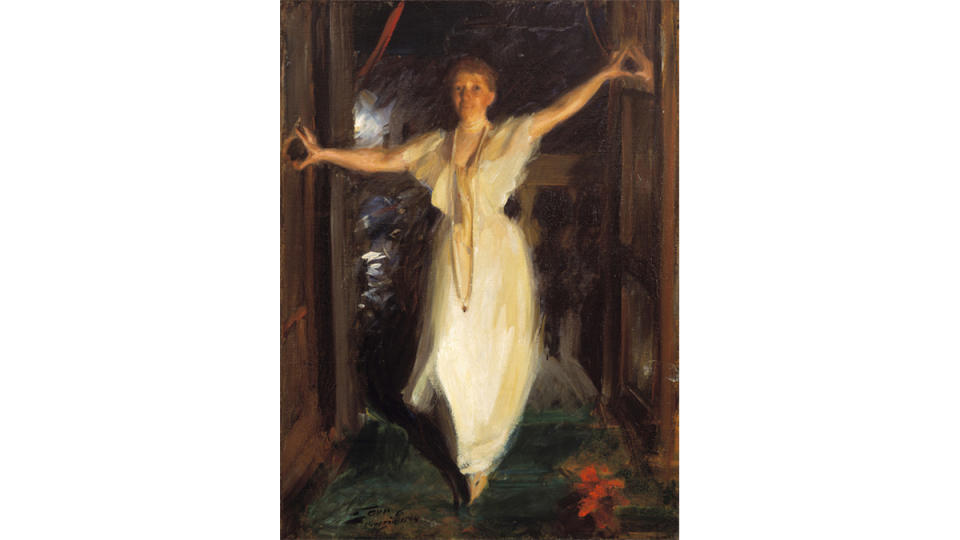
The name may instantly conjure headlines about the brazen unsolved 1990 theft of 13 works of art—including paintings by Rembrandt, Vermeer, and Manet—from her eponymous Boston museum, but Isabella Stewart Gardner deserves to be remembered for her studied collecting, curator’s eye, and entrepreneur’s determination to build a palazzo to showcase her treasures in perpetuity.
In this thoroughly researched biography, author Natalie Dykstra depicts a woman raised within the strictures of 19th-century New York society and married into the even more hierarchical Boston social order who managed to redefine the role of benefactor. An energetic traveler and aficionada of music, fashion, and gardening as well as art, Gardner soaked up the aesthetics of Egypt, France, Italy, and Japan, socializing with Henry James and befriending Sargent, Whistler, and other artists of her day. Her old-masters buying spree began inauspiciously—a “Zurbarán” that wasn’t—but she was soon confidently importing masterpieces, aided by the double-dipping dealer Bernard Berenson.
Gardner lived out her final decades atop the museum, deciding where each artwork be installed, mandating in her will they were never to be moved. She oversaw every detail, even dictating that a swatch of a favorite House of Worth gown be displayed beneath Titian’s The Rape of Europa. Today, the frames from which thieves cut their loot still hang empty, the chance they’ll be made whole again fading with every passing year.
Whitney Biennial 2024: Even Better Than the Real Thing
Whitney Museum of American Art
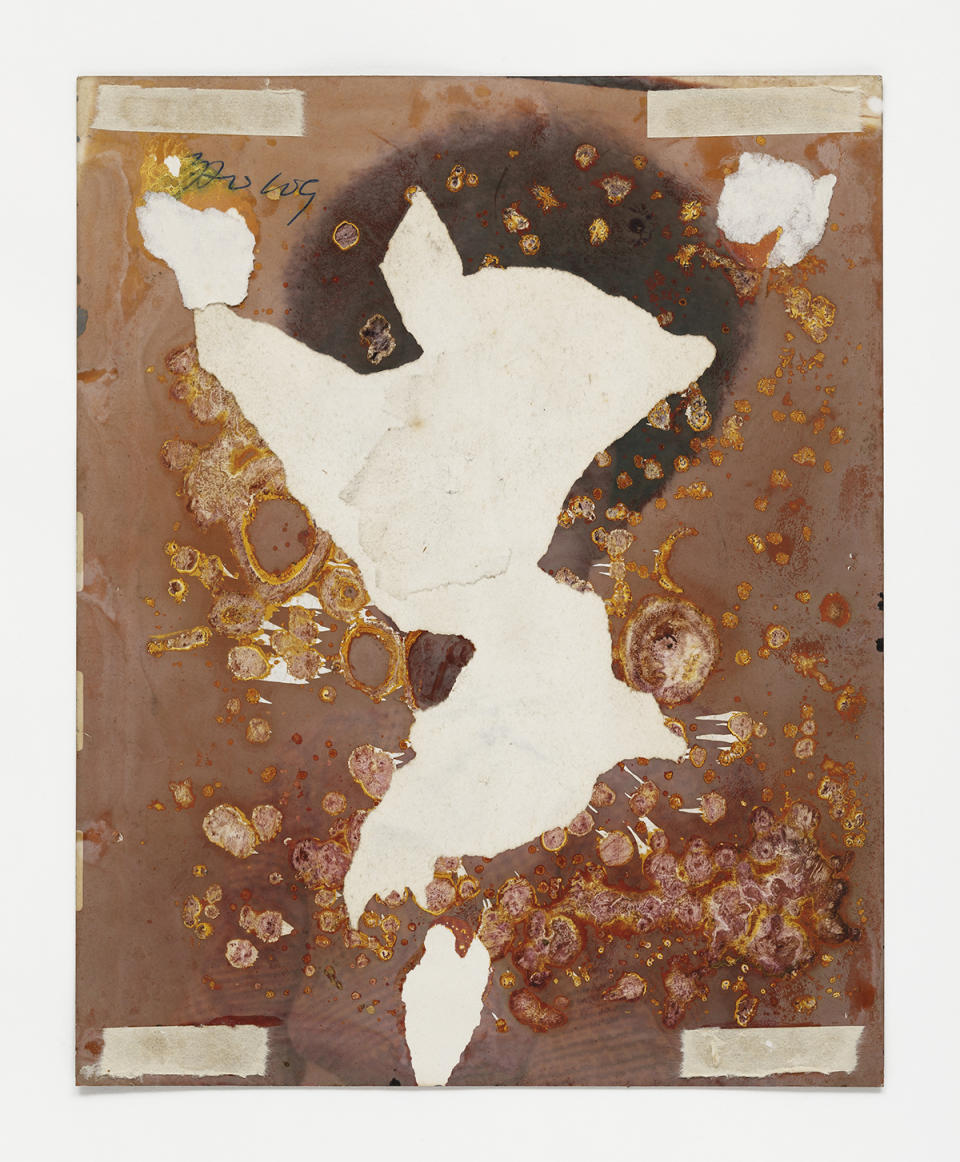
If another great American patroness with a namesake museum, Gertrude Vanderbilt Whitney, had it her way her legacy would be her own sculptures. But history instead honors the heiress for founding the Whitney Museum of American Art in 1931. The following year, she mounted the first edition of what would become the museum’s hallmark: the Whitney Biennial.
Promising to be highlights at the 81st installment (for a while the exhibition was an annual event): a multigenerational “conversation” featuring the works of Mary Kelly, Sharon Hayes, and Carolyn Lazard; an architectural installation by Torkwase Dyson; and an extensive film program that will be accessible online. The Biennial is typically a love-it-or-hate-it affair, and this year’s looks to be a controversial one, tackling such hot-button issues as land stewardship, artificial intelligence, and identity.
Toshiko Takaezu: Worlds Within
Noguchi Museum
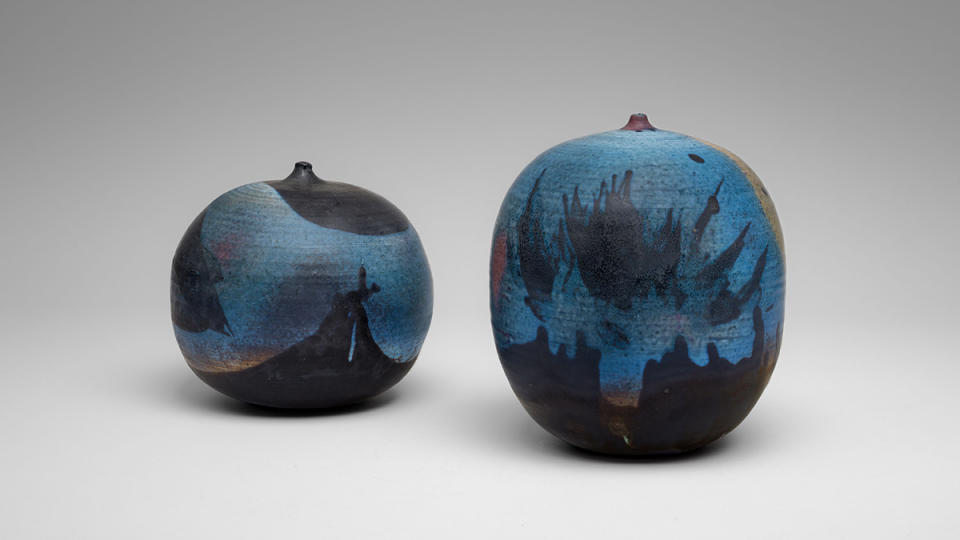
Hawaiian-born artist Toshiko Takaezu, who died in 2011 at the age of 88, was drawn to abstract expressionism but chose clay (denigrated as a humble material through much of the 20th century) as her primary medium. She used a pottery wheel to create mysterious “closed forms” rather than traditional vessels, glazing them with as much innovation and grace as her more famous male counterparts painted their canvases. Toying with scale—some pieces could fit in the palm of your hand, while others stood six feet tall—Takaezu insisted the unknowable interior was as important as the ethereally beautiful facades.
Her multidisciplinary path will be explored in a traveling retrospective, the first in over 20 years to highlight her oeuvre, kicking off with roughly 200 works at the Noguchi Museum in Queens, a fitting starting point considering Takaezu and sculptor Isamu Noguchi were close friends.
Rose B. Simpson: Journeys of Clay
Norton Museum of Art
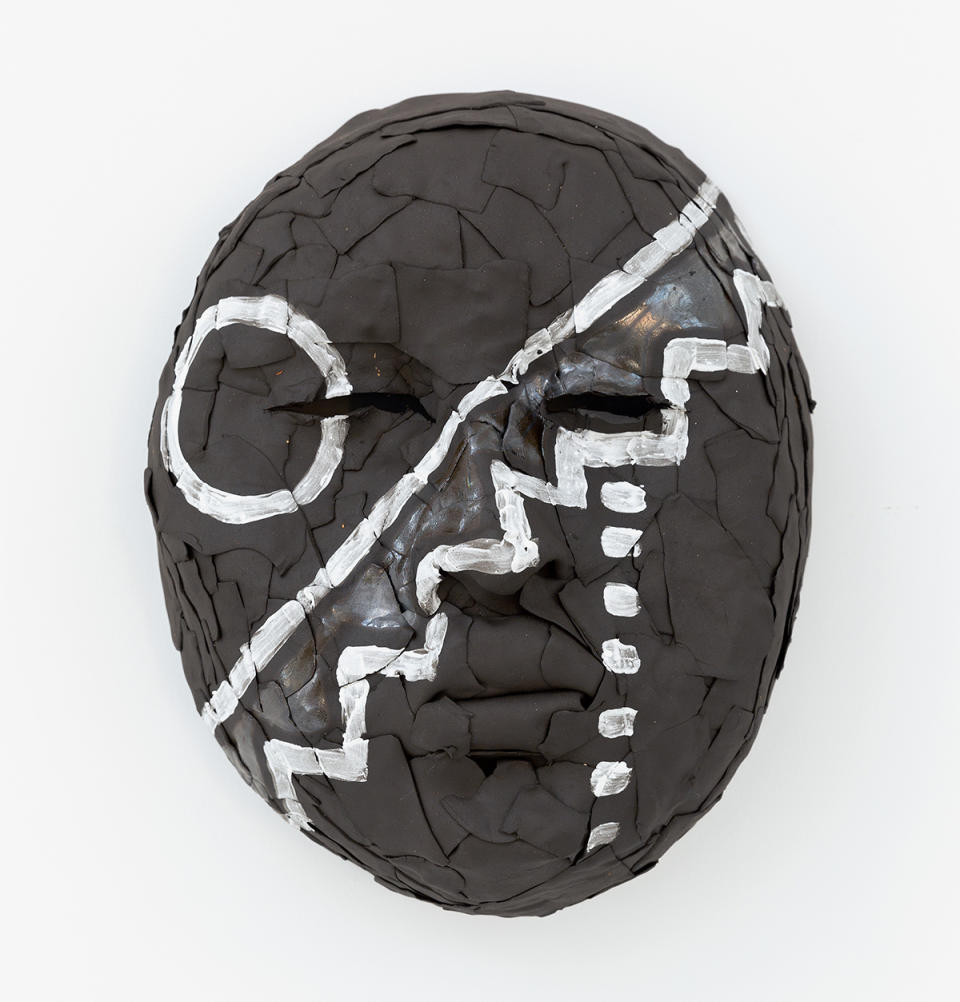
Takaezu and other forebears helped pave the way for the current embrace of ceramists such as Rose B. Simpson. On the heels of her show at the Whitney (where she’ll also make an appearance in the Biennial), the Indigenous artist best known for her haunting clay figures will be the subject of a survey at the Norton Museum of Art in West Palm Beach, Fla. Simpson, who was born and raised and still lives and works in Santa Clara Pueblo, N.M., comes from a long matrilineal line of ceramists—as in, 70 generations. In a first, this exhibition will include pieces by her mother, grandmother, and great- grandmother, celebrating their influence on Simpson’s practice.
The Harlem Renaissance and Transatlantic Modernism
Metropolitan Museum of Art
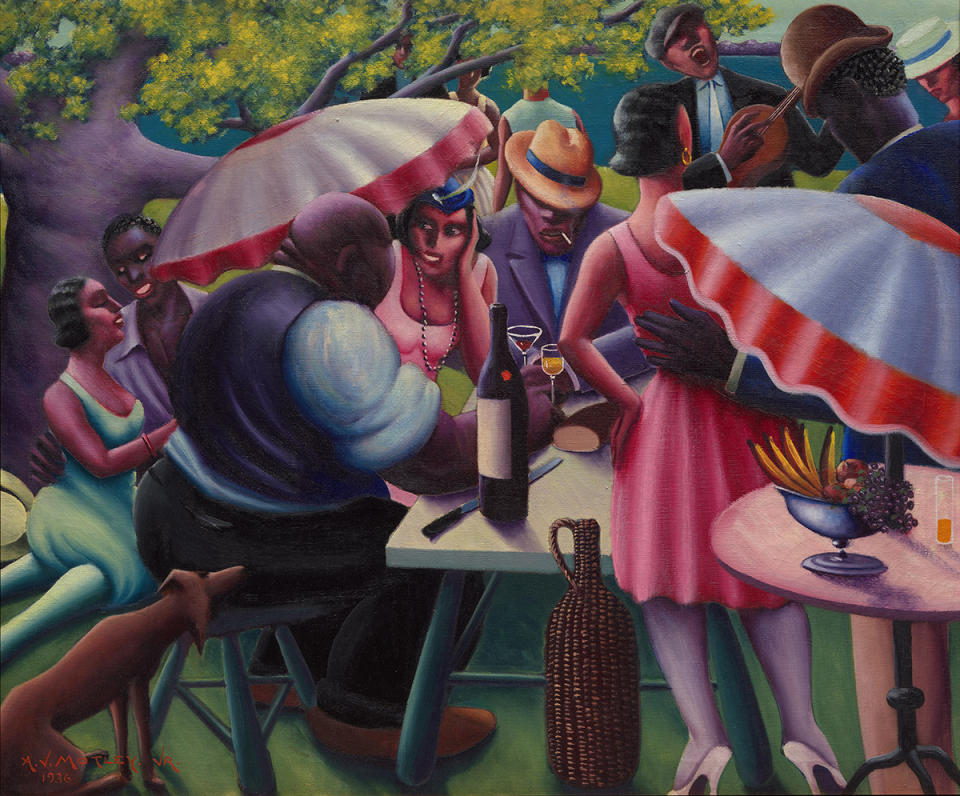
In 2018, curator Denise Murrell grabbed the art world’s attention with Posing Modernity: The Black Model From Manet and Matisse to Today at the Wallach Art Gallery at Columbia University and the Musée d’Orsay in Paris, putting the prevalence of Black female figures in art history front and center. Now she has produced The Harlem Renaissance and Transatlantic Modernism at the Metropolitan Museum of Art, repositioning the leaders of the American cultural movement as essential catalysts of international modern art as a whole.
With around 160 works spanning media and genres, the exhibition promises to be a far cry from the Met’s last attempt to explore the Harlem Renaissance, a 1969 show with ethnographic-style dioramas and a near-total omission of Black artists, which drew a cyclone of blowback.
Best of Robb Report
Sign up for Robb Report's Newsletter. For the latest news, follow us on Facebook, Twitter, and Instagram.

